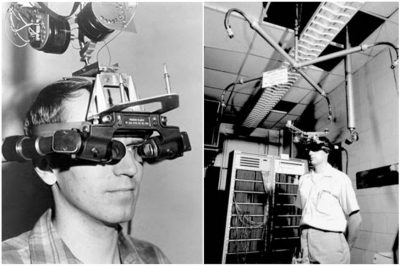
As described in a new report conducted by PTC and BCG titled Unleashing the Power of Data with IoT and Augmented Reality, augmented reality (AR) is still emerging as a key technology to leverage and amplify the full potential of the Internet of Things (IoT). I say “still emerging,” because, despite its well-recognized potential, industry has been slow to adopt AR in a meaningful way. While early AR systems were ill-suited for mass adoption, fast technology innovation in both IoT and AR over the past half-decade opens new possibilities. PTC saw this opportunity back in 2015 and acquired AR vendor Vuforia, and has been at the forefront of developing these technologies and promoting their strategic value.
Early Adopters Are Optimistic
According to the report, about 80% of the companies surveyed said that they expected payback from their investments in IoT and AR within three years. Of those, about a quarter already recouped their investment in one year or less.
These data are somewhat vague as far as understanding the overall state of IoT-AR adoption space. According to the report:
81% of Respondents are “using IoT and also exploring the idea of using AR,” whereas 76% of respondents are “developing AR-only solutions that believe there’s value in adding IoT.” These numbers don’t seem to add up.
Regardless, the companies surveyed are optimistic about the business and strategic value of IoT-AR and expect these technologies to become the industry norm in the next three years.
Return on Investment
So, companies expect recovering their investment in IoT and AR in three years or less. Will company leadership find the benefits compelling enough to wait three years to be cash positive?
The answer is, of course, “it depends.” A three-year ROI is relatively typical in sizeable digital transformation and IT projects. But for an AR project that covers one product line (AR projects do not scale well) 3 years is probably unacceptable, unless, of course, it is a strategic product.
Technology obsolescence. Given rapid improvements in AR hardware and software, we will see significant progress and improved price point over the next 3-5 years, before many companies expect to fully implement AR and be cash positive.
The underscore this point, the PTC-BCG report recommends that each AR solution should be designed with a device type in mind to ensure good user experience. This limitation puts projects at greater risk of premature technology obsolescence and might cause companies to delay entering the space until the industry has matured through the use of common standards and software development tools.
Accelerating Adoption
What can you do to accelerate the adoption of IoT-AR?
Understanding the Knowledge Gap and Organizational Learning Cycles. The tendency to develop cool-looking applications for simple and repeatable tasks leads to quickly diminishing value. Once the technician has used the application a few times, she remembers the steps and does not need the tool anymore. Many ROI studies seem to neglect this point.
- Consider use cases that can be addressed through other means: training (using AR), online video, etc.
- Focus on the fast discovery of new knowledge the field will clearly benefit from. After all, they already know how to perform the “old” tasks and will find AR redundant and obtrusive.
- Encourage the practice of just-in-time-training: use AR to practice before performing a complicated or risky task.
Accelerating Knowledge Acquisition. Too many AR applications today address institutional knowledge. i.e., use cases that represent today’s knowledge and best practices. As the report identifies, developing the application can be expensive and slow, which means by the time it reaches deployment, the field force has already formalized and shared the knowledge internally, diminishing the value of AR. Focus on identifying and closing knowledge gaps quickly. Here, again common software development tools and standard interfaces will help industry move forward faster.
